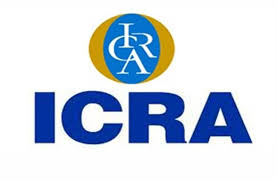
The Indian rupee has been one of the best performing currencies among the emerging markets since the beginning of 2017, thanks to robust macroeconomic factors and attractive domestic bond yields. As a result, foreign fund inflows have hit a record.
So far this year, India has seen an inflow of nearly Rs 1.25 lakh crore, including Rs 73,200 crore in bonds, against an outflow of Rs 25,500 crore, a year ago. This is higher than foreign fund inflows in the first half of any previous calendar year, even as only the first week of June has got over so far. Given the present economic scenario, rupee is expected to sustain these levels and remain range bound.
India’s current account deficit has consistently improved over the years — from 4.8% of GDP in 2012-13 to expected 0.9 per cent in 2016-17, helped by weak oil prices, which constitute as much as 40-50 per cent of India’s imports.
With brent crude oil prices continuing to remain weak, down more than 8 per cent in the past two weeks and 1 per cent year-on-year, and the Reserve Bank of India keeping benchmark interest rate unchanged in its Wednesday policy meeting, the rupee is likely to continue to trade at the current levels vis-à-vis the US dollar in the short to medium term.
Source: http://economictimes.indiatimes.com/articleshow/59046239.cms






